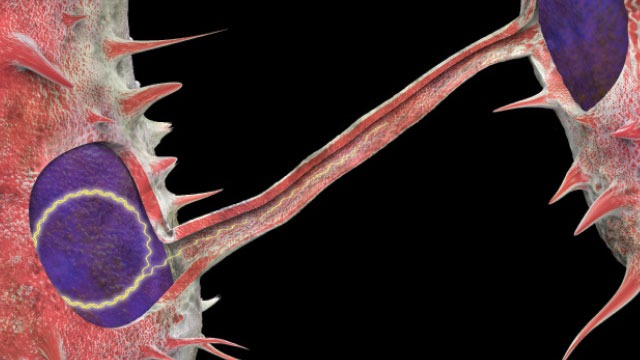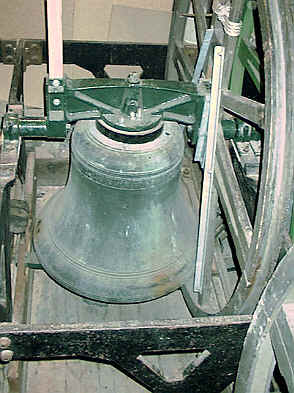In the 1960s, the Applied Physics Laboratory at Johns Hopkins University built an automaton powered by germanium transistors they had named the “Johns Hopkins Beast.”
The machine was intelligent and the ability to move, consume energy and survive on its own.
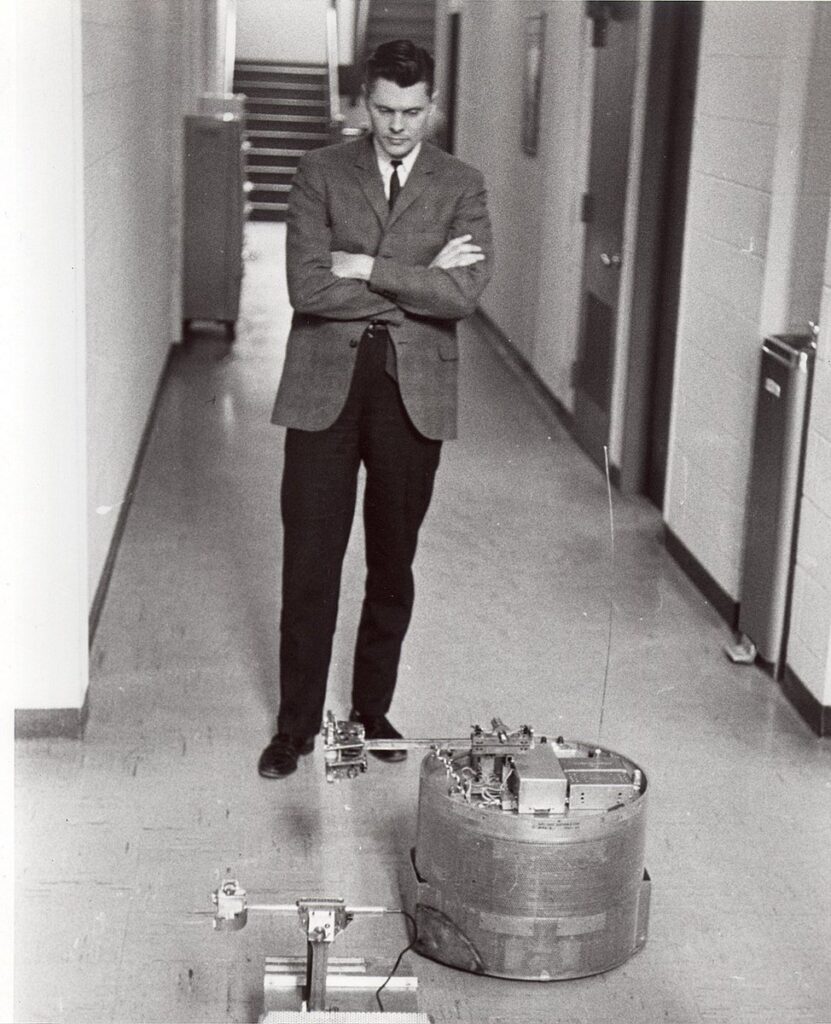
The “Beast” wandered the white hallways of Johns Hopkins University Applied Physics Lab seeking the black wall outlets with special photocell optics, and plug itself. After feeding upon its life force electricity, it would resume patrolling the hallways.
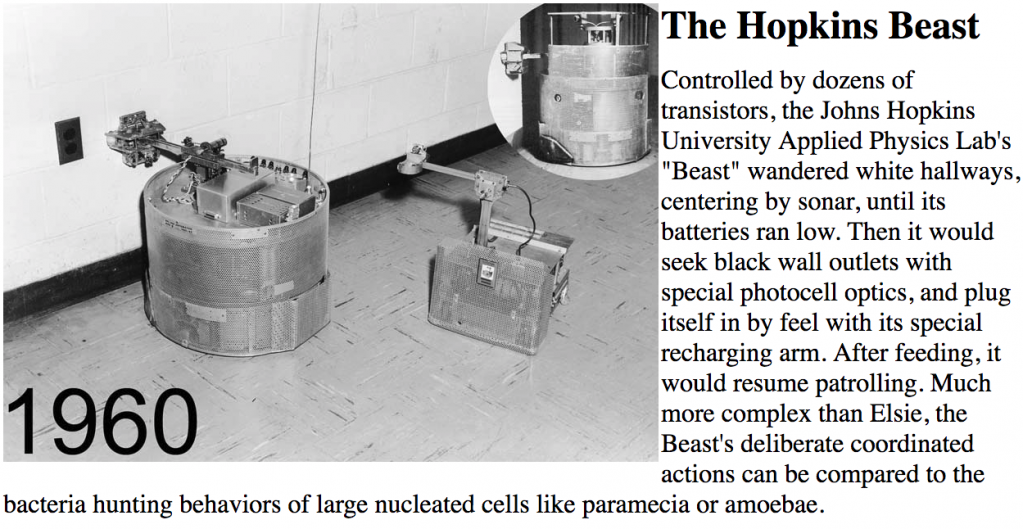
The Beast is controlled by dozens of transistors cybernetic whose coordinated actions have been compared to the bacteria hunting behaviors of large nucleated cells like paramecia, amoebae, or what I contend a demonic type intelligent fungi.
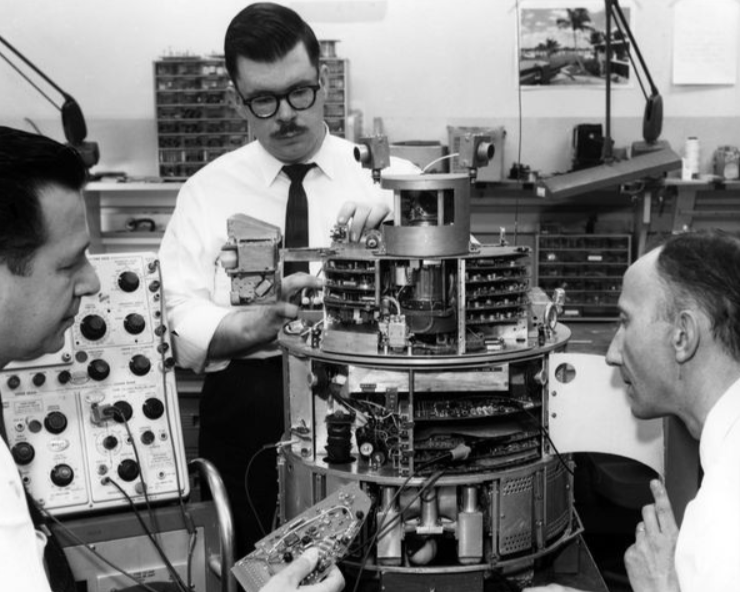
Most transistors are made from very pure silicon, and some from germanium, but certain other semiconductor materials are sometimes used. The first semiconductor electronics was based entirely on germanium.
Fungi and their fruiting bodies known as mushrooms contain organic germanium and the earth’s crust, which the electronics industry uses as a semiconductor in transistors and various other electronic devices. Germanium is mainly used for fiber-optic systems, infrared optics like infrared night vision systems and in thermal imaging cameras, solar cell applications, and light-emitting diodes (LEDs). The world’s first transistor computer was built at the University of Manchester in November 1953 by Richard Grimsdale and today they are making faster computers with germanium instead of traditional silicon. (Wikipedia)
JOHNS HOPKINS APL TECHNICAL DIGEST, VOLUME 24, NUMBER 1 (2003) p59
“APL has had a distinguished history in decision support and situational awareness. For example, during the 1950s and 1960s, the Laboratory was critically engaged in the development of weapon control systems and the Navy Tactical Data System (NTDS), and performed the first experiments on commanders’ use of automated decision support systems.
Researchers also began exploring mobile automata, developing two robots affectionately known as Ferdinand and the Hopkins Beast.
Ferdinand and the Beast demonstrated primitive situational awareness as they roamed the halls of APL, avoiding obstacles, stairs, and open doorways, and accurately locating and attaching to electrical outlets to recharge their batteries. Significantly, these devices presaged ideas becoming popular today. For example, a feature of the Army’s Future Combat Systems program is the planned use of small robotic devices that will roam the battlefield to collect information and support combat operations.”
SOURCES: Click on the blue links 😉

Moe is the founder of GnosticWarrior.com. He is a father, husband, author, martial arts black belt, and an expert in Gnosticism, the occult, and esotericism.

